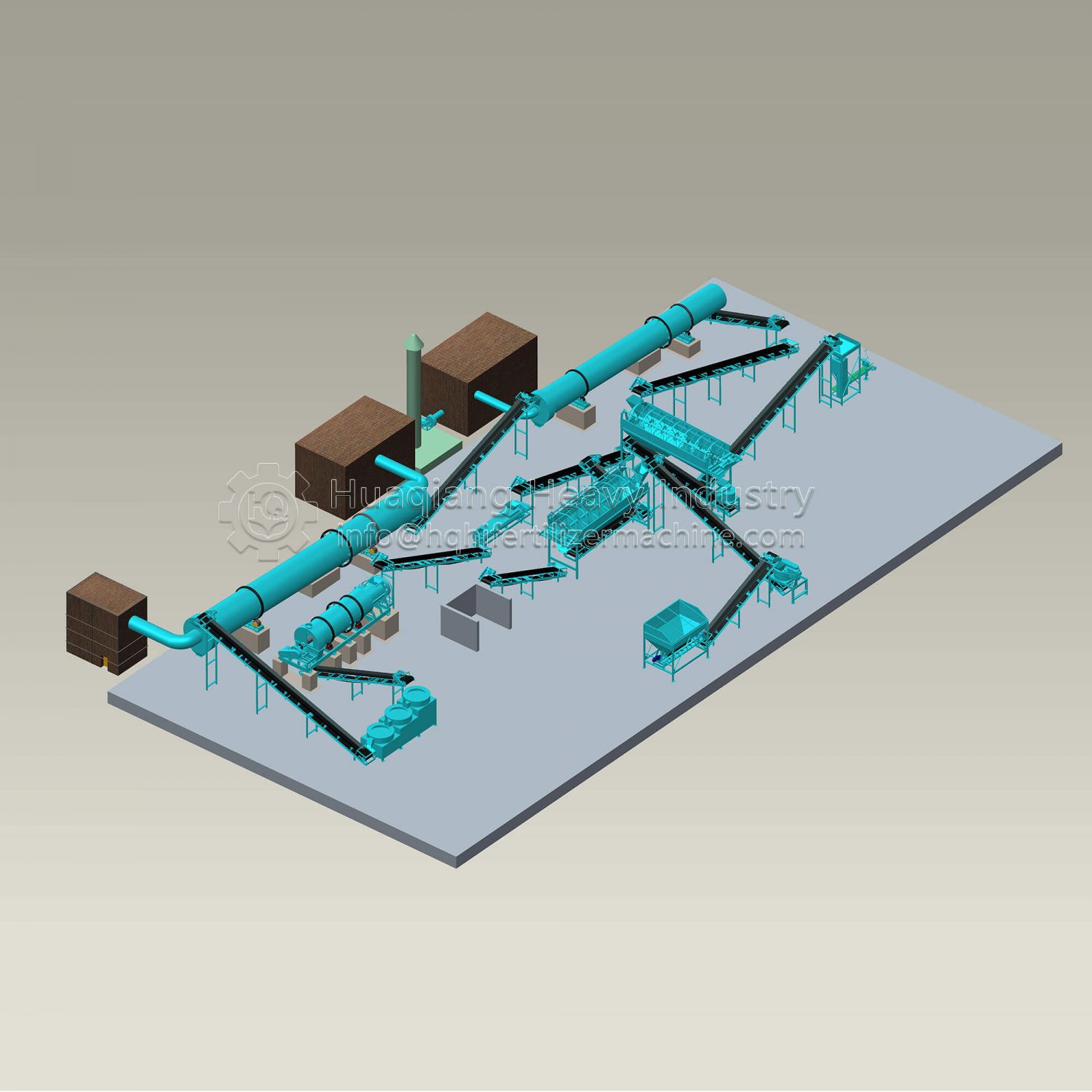During the operation of NPK production line, the fertilizer mixer and other equipment should be checked frequently. In case of abnormal noise, impact, vibration and sharp temperature rise, it should be checked immediately and the operation can be continued after troubleshooting.



